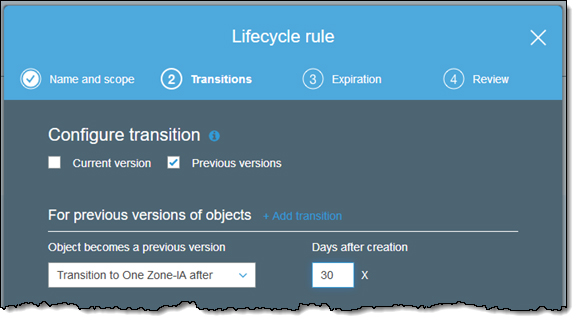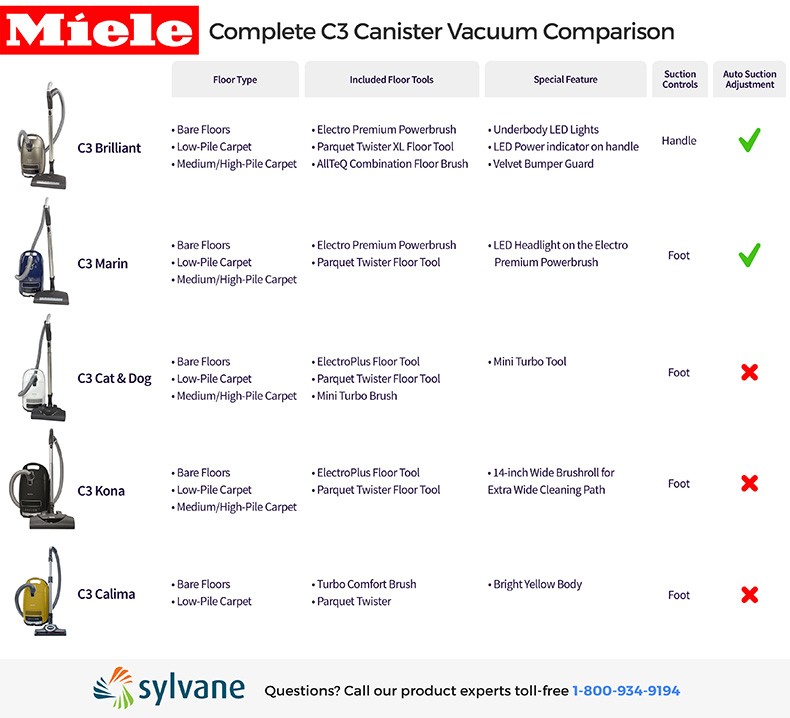What is S3 One Zone-IA?
S3 One Zone-IA is a storage class for Amazon S3 that stores data in a single availability zone. This storage class is designed for infrequently accessed data, providing a cost-effective solution for customers who require reduced latency and resiliency compared to standard storage options. S3 One Zone-IA offers lower costs than other storage classes, making it an attractive choice for customers looking to optimize their storage expenses while maintaining high availability and durability.
Key Features and Benefits of S3 One Zone-IA
S3 One Zone-IA offers several key features and benefits that make it an attractive storage option for customers. One of the primary advantages of this storage class is its cost-effectiveness. Compared to other storage classes, S3 One Zone-IA provides lower costs for storing infrequently accessed data, making it an ideal choice for customers looking to optimize their storage expenses. Additionally, S3 One Zone-IA allows customers to store data in a single availability zone, reducing latency and improving data access speeds.
Another significant benefit of S3 One Zone-IA is its high durability and resiliency. Although data is stored in a single availability zone, Amazon S3 replicates the data across multiple devices within that zone, ensuring that customer data remains safe and secure. Furthermore, S3 One Zone-IA offers a 99.9% availability SLA, providing customers with peace of mind knowing that their data is always accessible when they need it.
How to Use S3 One Zone-IA: A Step-by-Step Guide
Using S3 One Zone-IA to store and manage data is a straightforward process. Here’s a step-by-step guide to help you get started:
-
Create an S3 bucket: To use S3 One Zone-IA, you first need to create an S3 bucket. You can do this by logging into the AWS Management Console, navigating to the S3 service, and clicking on the “Create bucket” button.
-
Configure the storage class: Once you’ve created your bucket, you can configure the storage class to use S3 One Zone-IA. To do this, select the bucket you want to configure, click on the “Properties” tab, and then click on the “Storage class” option. From there, you can select “S3 One Zone-IA” as the storage class for your bucket.
-
Upload data: After configuring the storage class, you can start uploading data to your bucket. You can do this by clicking on the “Upload” button, selecting the files you want to upload, and then clicking on the “Start upload” button.
-
Manage data: Once you’ve uploaded data to your bucket, you can manage it by using the various S3 features, such as versioning, lifecycle policies, and cross-region replication. These features can help you optimize your storage costs, improve data durability, and enhance data accessibility.
Use Cases for S3 One Zone-IA
S3 One Zone-IA is a versatile storage class that can be used in a variety of scenarios. Here are some common use cases for S3 One Zone-IA:
-
Storing infrequently accessed data: S3 One Zone-IA is an ideal storage class for data that is accessed less frequently, such as backups, archives, and older files. By using S3 One Zone-IA for infrequently accessed data, you can reduce your storage costs without sacrificing data availability or durability.
-
Disaster recovery: S3 One Zone-IA can be used for disaster recovery purposes, such as storing backup copies of critical data in a separate availability zone. This ensures that your data is protected in the event of a disaster, while also providing fast data recovery times.
-
Analytics and machine learning: S3 One Zone-IA can be used for storing large datasets used in analytics and machine learning applications. By using S3 One Zone-IA for these workloads, you can reduce your storage costs while still maintaining fast data access times.
-
Content distribution: S3 One Zone-IA can be used for content distribution, such as storing and serving static website content or media files. By using S3 One Zone-IA for content distribution, you can reduce your storage costs while still maintaining fast data access times for your users.
Comparing S3 One Zone-IA with Other Storage Classes
S3 One Zone-IA is just one of several storage classes offered by Amazon S3. Here’s how it compares to other storage classes:
-
S3 Standard: S3 Standard is a high-performance storage class designed for frequently accessed data. It offers low latency and high throughput, making it ideal for use cases such as dynamic websites, content delivery, and data analytics. However, it is more expensive than S3 One Zone-IA.
-
S3 Intelligent-Tiering: S3 Intelligent-Tiering is a storage class that automatically moves data between two access tiers based on usage patterns. It is designed to optimize storage costs for data with unpredictable access patterns. While it offers similar cost savings to S3 One Zone-IA, it may not be ideal for data that is consistently infrequently accessed.
-
S3 Glacier: S3 Glacier is a storage class designed for long-term archival storage. It offers extremely low storage costs, but retrieval times can range from minutes to hours. It is not recommended for data that needs to be accessed frequently.
When deciding which storage class to use, consider factors such as data access patterns, retrieval times, and cost. S3 One Zone-IA is a cost-effective storage class for infrequently accessed data that requires low latency and high durability.
Best Practices for Using S3 One Zone-IA
To get the most out of S3 One Zone-IA, consider the following best practices:
-
Monitor costs: While S3 One Zone-IA offers cost savings compared to other storage classes, it’s still important to monitor your usage and costs to ensure you’re not overspending. Use tools such as Amazon S3 Cost Explorer to visualize your costs and identify areas for optimization.
-
Test disaster recovery plans: Because S3 One Zone-IA stores data in a single availability zone, it’s important to test your disaster recovery plans regularly to ensure you can recover data in the event of an outage. Use tools such as AWS Backup to create backup plans and test them regularly.
-
Regularly review data access patterns: Data access patterns can change over time, so it’s important to regularly review your data access patterns and adjust your storage class configuration accordingly. Use tools such as Amazon S3 Object-Level Logging and Amazon S3 Access Analyzer to monitor data access patterns and identify opportunities for optimization.
-
Use S3 Lifecycle Policies: S3 Lifecycle Policies allow you to automatically transition objects between different storage classes based on age, access pattern, or other criteria. Use S3 Lifecycle Policies to automatically move infrequently accessed data to S3 One Zone-IA and reduce costs.
-
Consider data durability requirements: While S3 One Zone-IA offers high durability, it may not be suitable for all use cases. Consider your data durability requirements and use the appropriate storage class for your needs. If you require higher durability, consider using S3 Standard or S3 Intelligent-Tiering instead.
Real-World Examples of S3 One Zone-IA
Many companies have successfully used S3 One Zone-IA to store and manage their data. Here are a few examples:
-
Netflix: The streaming giant uses S3 One Zone-IA to store and manage a portion of its massive media library. By using S3 One Zone-IA, Netflix is able to reduce its storage costs while still maintaining fast data access times for its users.
-
Airbnb: The vacation rental platform uses S3 One Zone-IA to store and manage user-generated content, such as photos and reviews. By using S3 One Zone-IA, Airbnb is able to reduce its storage costs while still maintaining high data durability and availability.
-
Expedia: The travel company uses S3 One Zone-IA to store and manage large datasets used in data analytics and machine learning applications. By using S3 One Zone-IA, Expedia is able to reduce its storage costs while still maintaining fast data access times for its analytics and machine learning workloads.
These examples demonstrate the versatility and cost-effectiveness of S3 One Zone-IA. By using this storage class, companies can reduce their storage costs while still maintaining high data durability, availability, and accessibility.
Conclusion: Making the Most of S3 One Zone-IA
S3 One Zone-IA is a powerful storage class that offers lower costs and reduced latency compared to other storage classes. By storing data in a single availability zone, S3 One Zone-IA provides a cost-effective solution for infrequently accessed data, disaster recovery, and analytics and machine learning workloads. However, it’s important to consider the trade-offs of using a single availability zone, such as the potential for increased downtime in the event of an outage.
To make the most of S3 One Zone-IA, follow these best practices:
-
Monitor costs regularly to ensure you’re not overspending.
-
Test disaster recovery plans to ensure you can recover data in the event of an outage.
-
Regularly review data access patterns to ensure you’re using the most appropriate storage class for your needs.
-
Consider using S3 Lifecycle Policies to automatically transition objects between storage classes based on age, access pattern, or other criteria.
-
Consider your data durability requirements and use the appropriate storage class for your needs. If you require higher durability, consider using S3 Standard or S3 Intelligent-Tiering instead.
By following these best practices, you can ensure you’re making the most of S3 One Zone-IA and maximizing the value of your data storage and management strategy.






